Yang Hansen's latest scouting report is out: his three-point development impacts multiple skills, and he won't be a bust.
On October 23rd Beijing time, Yang Hansen has already passed the Summer League and preseason trials and is preparing for the regular season. Basketnews updated his scouting report, offering a thorough breakdown of this Chinese big man. In general, the outlet thinks Yang Hansen will not be a bust. Here is the full report from Basketnews —
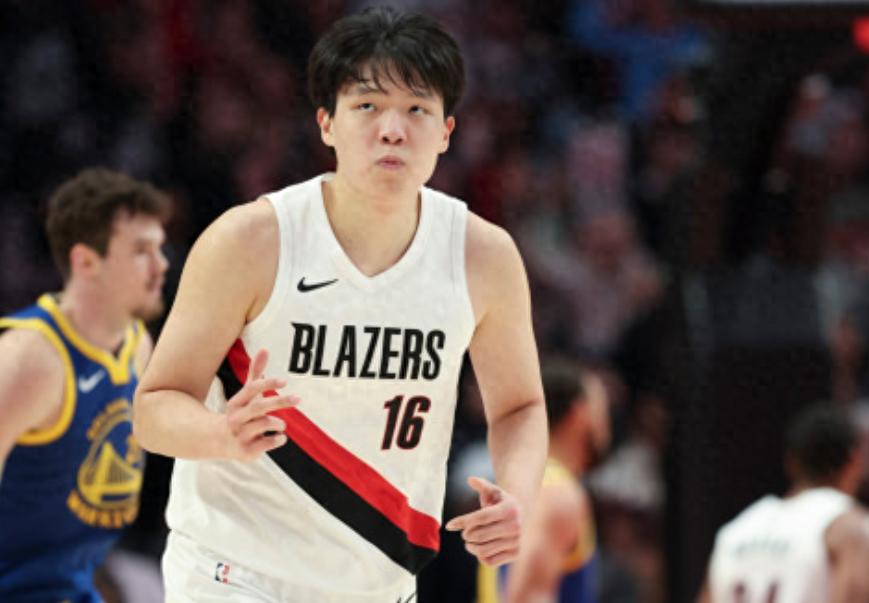

Yang Hansen’s preseason performances have revealed his high basketball IQ, shooting potential, and playmaking vision, but also exposed his lack of experience, defensive limitations, and the adjustment period needed for NBA physicality. Across these four preseason games, we finally begin to see the possible direction his rookie season might take.
In these four games, Hansen averaged 18.4 minutes per game, scoring 8 points, grabbing 3.5 rebounds, dishing out 1 assist, blocking 1.3 shots, and committing 2.8 turnovers, with a shooting percentage of 46.2% and a three-point shooting rate of 40%. He attempted about 2.5 three-pointers per game, which is a relatively low volume.
Of course, the sample size is small, but it is enough to analyze what truly matters — his style of play, movement, and how well he adapts to the NBA environment. Off the court, he is also attracting attention. Reports say that after the Trail Blazers drafted him, their retail sales increased by over 1000%.
He has opened the door to the Chinese and Asian markets for the team, and in terms of playing style, he is a very unique player; some even compare him to a smaller version of Jokic.
That said, let's dive deeper into what we've seen so far from Yang Hansen's first NBA basketball experience.
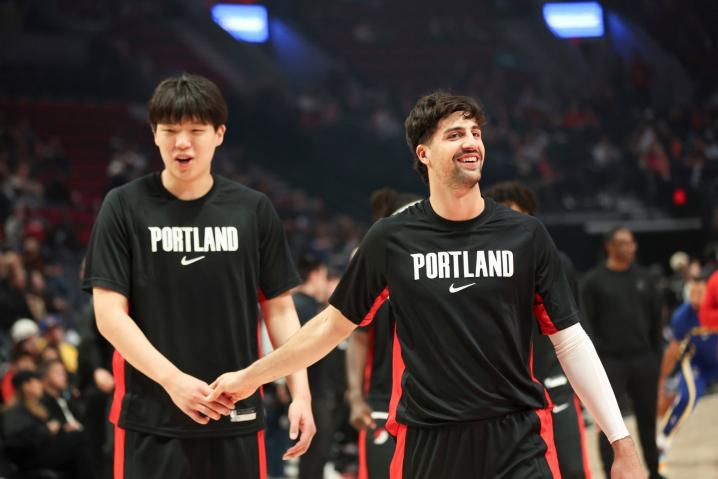
Defensive struggles and room for growth
Like most young players, Yang Hansen has some clear issues stemming from his lack of experience.
In these preseason games, it is immediately apparentthat he still hasn’t fully grasped the referees’ standards — how much physical contact he can make without getting called for fouls, and how to maintain physicality on defense while avoiding unnecessary fouls.Currently, he clearly has no leverage with the referees, meaning nearly every physical interaction is called against him. But these are minor details that can be resolved easily with time and experience.
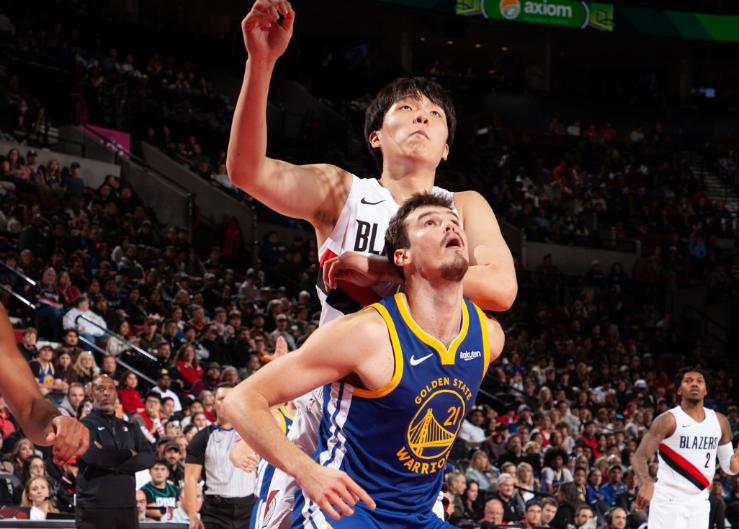
Most issues boil down to positioning, how he places his hands, and how he uses his body — all the subtle techniques that separate fouls from good defense. This is one of the most obvious aspects of his preseason performance so far. This lack of experience is also reflected in the stats.
During these four preseason games, Hansen averaged over 5 fouls per game; in the last game against the Utah Jazz, he fouled out after just 15 minutes on the floor. This is obviously a major issue for him at present, but there’s no need to panic. These problems usually improve over time as NBA experience accumulates.
The real question is how much he can grow defensively once he gains that experience, because some concerns remain, especially regarding his lateral movement.
Watching how the Trail Blazers use him in pick-and-roll defense, it’s clear they almost always employ drop coverage. There’s a reason for this, as he still struggles with other defensive schemes.
He has difficulties guarding quicker big men, stretch-five players who can shoot threes, or those who attack facing the basket. Considering the modern game's evolution, with more mobile, perimeter-oriented centers, this will definitely be a challenge for him.
But to be fair, he’s not the only center facing this issue. The good news is he has solid instincts as a shot-blocker and moves well enough in tight spaces near the rim. He’s not fast enough yet to defend on the perimeter, but under the basket, he can be an effective rim protector. While not elite yet, the potential is certainly there.
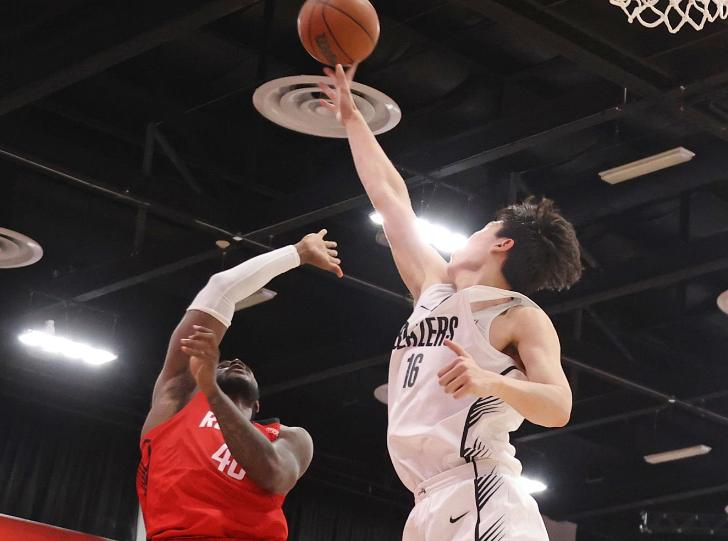
Even with the small sample size, he averages 1.3 blocks per game, indicating that despite foul troubles and inexperience, his timing and rim-protection instincts have already translated to the NBA level.
Offensive potential: playmaking and shooting development
What truly makes Yang Hansen popular, even prompting comparisons to Jokic, is his court vision. For a young big man, his feel for the game is genuinely impressive. But once you step into the NBA, things get a bit different, and that’s where some of his issues start to surface.
In the preseason, Hansen averaged about 3 turnovers per game, which isn’t terrible, but the way he turns the ball over is concerning. It follows a pattern. He is still adjusting to NBA-level physicality.
When teams apply pressure, engage him physically, or have multiple defenders contesting him at the rim, he often loses control or makes rushed passes. He hasn’t fully adapted to handling this kind of contact yet.
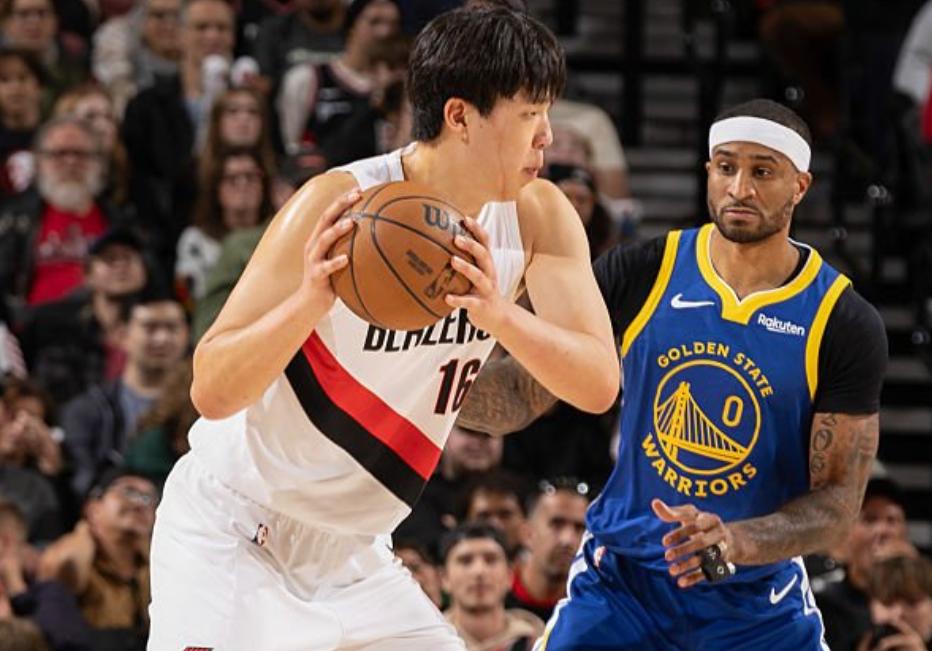
This is all part of the adjustment process.At present, he hasn’t found a way to maintain creativity and create opportunities for others under those intense, physical conditions.
One thing about him is that Hansen is not the kind of player you can just plug into any lineup and expect immediate playmaking impact.To become an effective creator, he needs a system — one built around his passing from the high post, handoffs, and reading teammates’ movement.
This is very similar to what we saw with Sabonis on the Kings. Once the team runs the offense through him, his passing becomes excellent. But when he loses rhythm or the system isn’t centered on him, his impact diminishes.
Hansen is the same type of player; he needs time to learn the playbook, build chemistry, and get used to reading defenses in real time.
So, while the potential is clearly there, this won’t be an instant transformation. Unlike some elite rookies who can immediately handle NBA physicality, Hansen is a player who simply needs more time.
He’s not a prodigy who dominates games from day oneand that’s okay. Hansen just needs patience; once he settles physically and mentally, his feel for the game will start to shine.
The importance of Yang Hansen's three-point shooting
One of the most crucial factors for Yang Hansen’s long-term potential is his three-point shot. If he can become a consistent outside threat — a player who can space the floor, execute pick-and-rolls with perimeter cuts, and occasionally attack facing the basket — his offensive ceiling rises significantly.
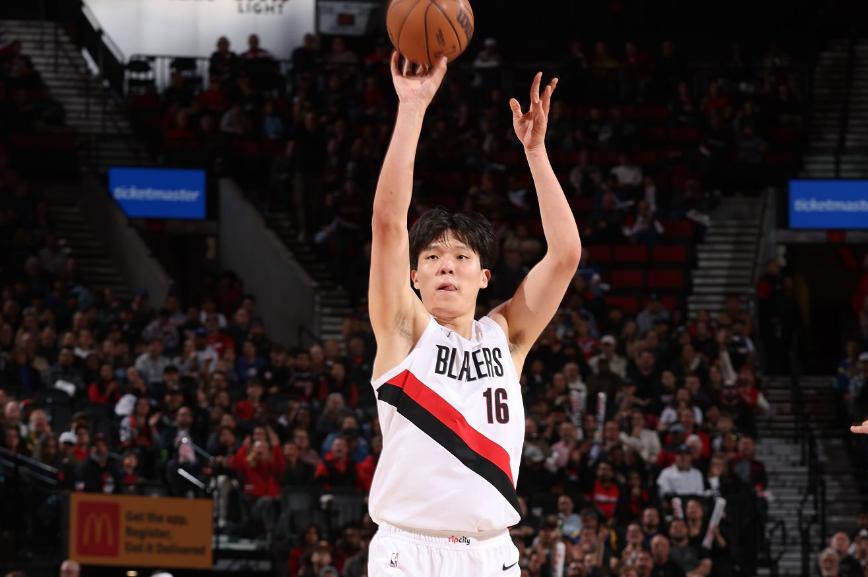
We’ve seen glimpses of this in the Chinese league and even the Summer League, but of course, those performances don’t always translate directly to the NBA level.
The real test came in the preseason, where Hansen attempted about 2.5 three-pointers per game. It’s not a large volume, but enough to show the Trail Blazers clearly want to test this aspect of his game. Considering he only plays around 18 minutes per night — mainly limited by foul trouble — this is actually a decent number of attempts.
Once he gains more playing time and grows more comfortable offensively, we can expect that number to increase. This is critical because his entire offensive potential hinges on it.
If Hansen can’t maintain consistency from beyond the arc, his offensive value will be limited to organizing from short range after pick-and-rolls, passing from high or low post, offensive rebounding, and rim protection. That’s not bad, but it caps his ceiling.
However, if he can shoot reliably, everything changes. Defenders will be forced to guard him on the perimeter, opening passing lanes, creating cutting opportunities, and giving him more space to generate chances for others.
His offensive potential, spacing ability, capacity to create space, and basketball IQ are all directly linked to how well his three-point shot develops.
So far, the signs are promising. In this small sample of four preseason games, he shot 40% on about 2.5 three-point attempts per game.
Yang Hansen’s shooting form looks smooth and stable, and the Trail Blazers clearly view it as a weapon to cultivate long-term. If he can cement himself as a reliable shooting center, it will completely change the trajectory of his career.
If not, it will be a completely different story — two very different versions of Yang Hansen as an NBA player.
Yang Hansen’s long-term outlook
When discussing the truly positive aspects of Yang Hansen, a few stand out. First, his positioning in tight spaces near the rim — he seems to always know where to be.
He moves smartly without the ball, and it’s clear he has a high basketball IQ. This isn’t something built overnight; it comes from instinct and years of training.
Even in the worst-case scenario, if he doesn’t become a great shooter or an elite defender, Hansen still has enough tools to stick in the NBA.
His size, understanding of the game, and how he uses his body already give him value. Players like him always have a place, at least as backup centers providing height, rebounding, and smart positioning.
Will Yang Hansen be a bust?
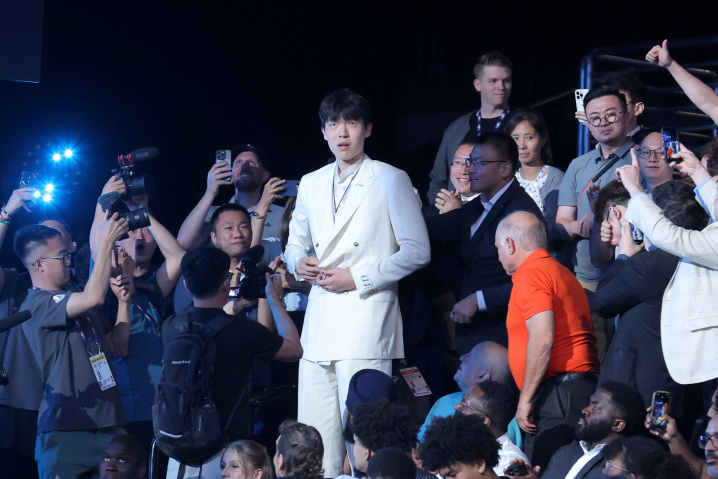
It’s unlikely Hansen will be a bust or get lost at the NBA level.He clearly understands the game and has the potential to become a truly useful player. Of course, how much he grows depends on how quickly he improves in the areas we discussed earlier.
These preseason games indicate his rookie season may be tough; I don’t expect him to compete for Rookie of the Year. But he has time.
His team believes in him, sees his long-term potential, and wants to develop him into an important player. Watching his growth will be interesting because, for now, he shows the promise of a very capable NBA player.
Considering all this, the Portland Trail Blazers’ choice to draft him makes complete sense.


Wonderfulshortvideo
Wemby is a beast on the court 💪


Wemby with the tomahawk jam 💪 💥


Replying to @NBA This angle of Wemby’s dunk though 😲🔥


Seriously… how is this possible 🫨😲😤🚨


Replying to @NBA Wemby full sent that ↗️


34 points for the number 3 pick 😱


Showtime has begun 🍿








 Links
Links
 Contact
Contact
 App
App


